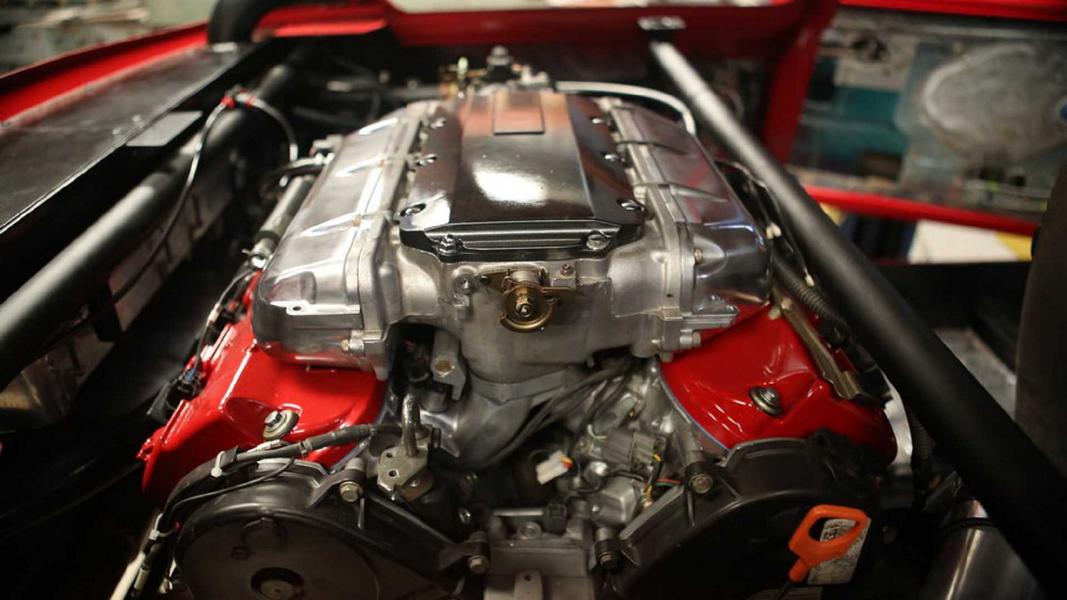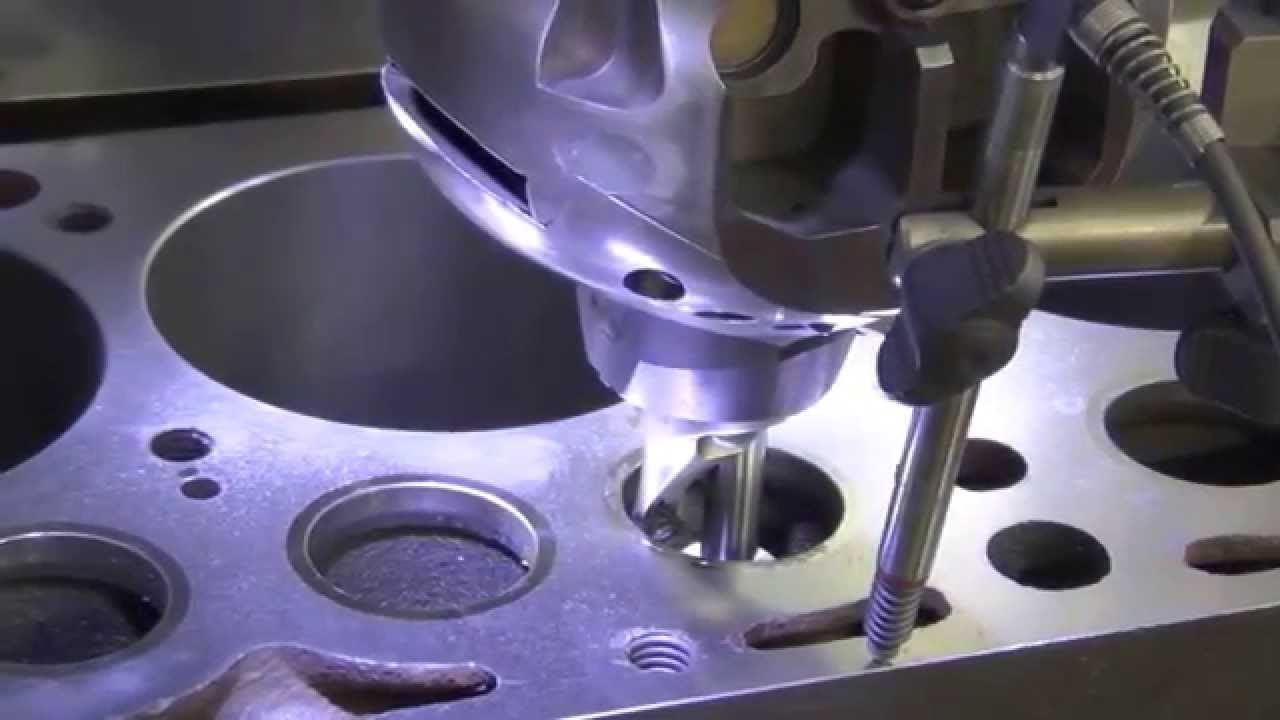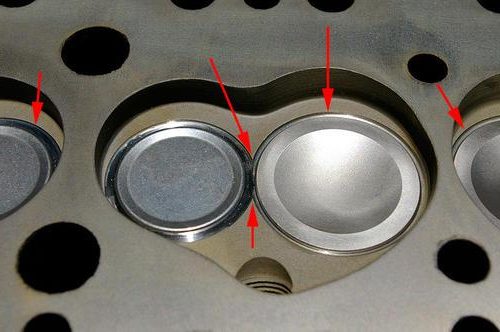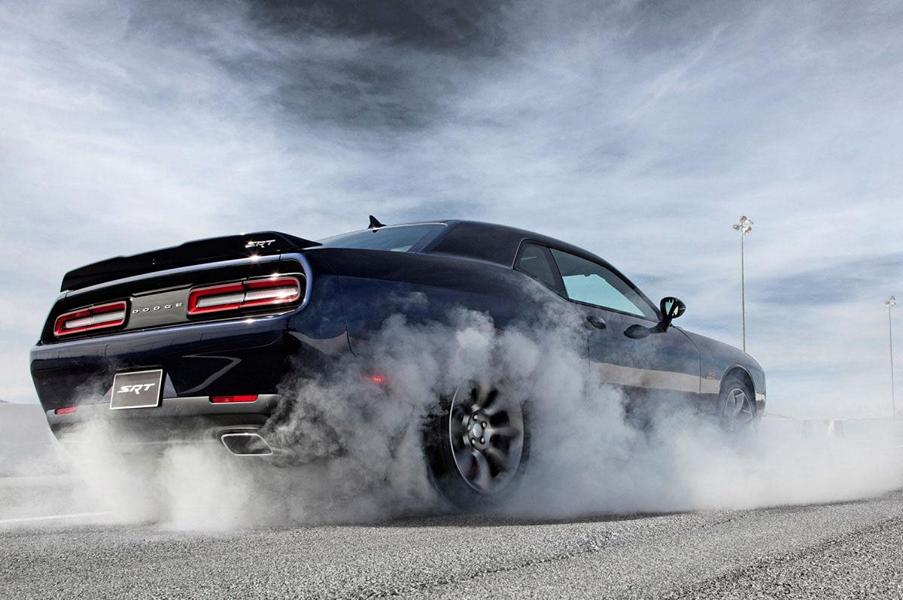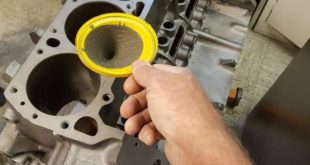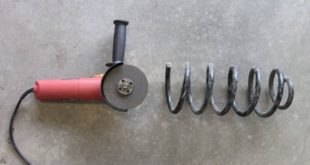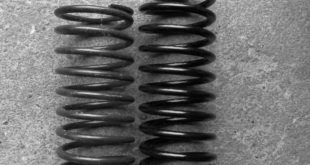Is it necessary to mill the valve seats? Depends on! If, for example, a valve seat no longer reliably seals the combustion chamber, it must be reworked to function properly again. Or if you have already taken other measures to increase performance and want to achieve even more, then that too! The valve seats perform an important task. They ensure that the valves can work effectively. Because of the optimal tightness, but also because of the heat transfer, the valve seats must not be too wide or too narrow. If the motor should be replaced or other valves are needed, the valve seats should be machined.
How can valve seats be milled?
Usually the valve seats are very dirty after the first use. They should therefore be cleaned thoroughly before milling. For screwdrivers it is also possible to mill the valve seats themselves with a good angle cutter. Milling is manual work or is done by a professional with a special machine (For example, a hunger device with a carbide knife) carried out. The latter is the better choice, because just a few micromillimeters cause an inaccuracy of fit with the valves and thus a great risk for the engine. The milling has to be perfect, so that a trip to the master mechanic is actually inevitable. Because the valve seats can only be perfectly milled and machined under optimal conditions. After work, the valve seats must be thoroughly cleaned again to avoid consequential damage. The methods that are used are different. Years ago, the seat was "shaped" with various milling cutters as mentioned above. Nowadays, for example, you can achieve an even better result with shaped steel made of tungsten carbide. This type of production processes all required angles directly in one operation. There is no additional grinding.
What are hardened valve seats?
The hardened valve seats are made of hardened steel. Most such valve seats are used in older vehicles. This is also necessary because today's consumables are usually much more powerful and demanding than those of the past. Here, however, customary milling machines can usually not help. High-quality workshop equipment is required to effectively process this specially hardened steel. Modern valve seats are usually made of stronger alloys and are much more durable. If an engine conversion or tuning of the engine is desired, it is worth considering also the valve seats to get the maximum performance out of the vehicle.
Why do valve seats have to be milled?
The valve seats are an important part of the engine block. The valves are on them. Depending on the engine, they have very individual requirements and were specially designed and manufactured for this type of engine block. If the vehicle is to be extensively revised, or the engine is replaced or tuned, it is sometimes necessary to edit the valve seats to tease out the last horsepower. Especially in classic cars with a classic naturally aspirated engine, the machined valve seats in combination with other modifications can increase performance. And editing can have other advantages as well. For example, to ensure that the Oldi engine also tolerates the new fuels well and does not suffer permanent damage from ongoing operation. Also for maintenance reasons, it is sometimes necessary and sensible to machine the valve seats. It is not so much about enlarging the valve seats, but rather about a superficial and particularly thorough cleaning for optimal further operation.
We hope that you the info report on the topic / term Valve seats milling (further names / keywords: Beryllium valve seats, valve insert milling, valve guide) from the field of autotuning. Our goal is that the largest German-language tuning dictionary (Tuning Wikipedia) and to explain tuning terms from A to Z easily and understandably. Almost every day we expand this lexicon and how far we are, you can HERE see. Soon the next one will be Tuning scene concept be illuminated by us. By the way, you will be informed about new topics if you have ours Feed subscribe to.
Below are a few examples from our tuning lexicon:
But of course tuningblog has countless other articles on the subject of cars & car tuning in stock. Do you want to see them all? Just click HERE and look around. We would also like to provide you with news aside from the tuning. In our category Tips, products, information & Co we pick up contributions from car or accessory manufacturers. And also our category Test sites, laws, offenses, information has almost daily new information for you. Here are a few topics from our tuning wiki:
"Tuningblog.eu" - we keep you up to date on the subject of car tuning and car styling with our tuning magazine and we present you the latest tuned vehicles from all over the world every day. It's best to subscribe to ours Feed and will automatically be informed as soon as there is something new about this post, and of course also to all other contributions.
 tuningblog.eu Your magazine about tuning the car
tuningblog.eu Your magazine about tuning the car
